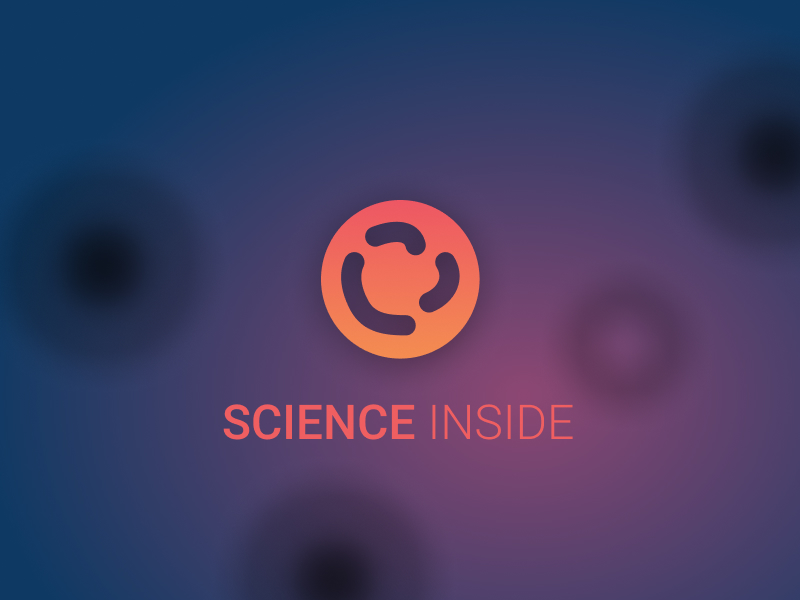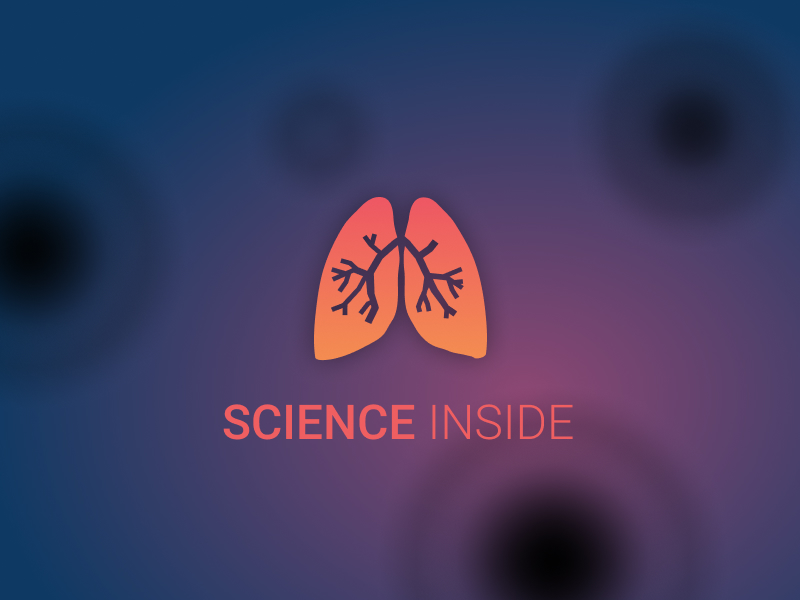Approximately every tenth couple in our country has certain problems in the reproductive sphere. But, fortunately, the technology of assisted reproductive medicine has been available and has successfully applied in the world for more than 40 years. “Test tube babies” are born, they grow, go to school and in their time give birth to their own children, of course, if they want. They are not different from the people who are conceived traditionally.
Assisted reproductive technology itself is constantly improving and becoming more efficient. But about 3 of 100 young women, who come to specialized clinics, face with an unsolvable problem: in the first days after fertilization, their embryo stops growing or developing properly. It is possible to change the clinic, to go to another country, to pay more, but it will not change anything – they will have no children.
Embryologist Pavlo Mazur from the private Kyiv Clinic of Reproductive Medicine “Nadiia” is one of the first people in the world who solved this problem and is the first who used this new technology. We discussed with him the issue how the “children from three parents” are born.
Exercises with Nuclei
From a scientific point of view, the name is, of course, wrong and the researchers do not use it seriously. But in order for such children to be born, besides mom and dad, another woman is really needed from whom the child will inherit 37 genes in addition to many thousands from their real parents. Although these 37 are very important for our body, they will not affect eye color, character and ability to play chess directly.
The story of such children in Ukraine can be traced to 2014. Back at the clinic, where Pavlo Mazur works, it was decided to develop a new technology to solve the problem of age-related infertility. Biological laws work in such a way that at approximately 37 the woman’s ability to conceive, even with assisted reproductive technologies, starts dropping. After 40 it is very difficult to do, though, is still possible and a lot of positive examples can be found. But usually this requires huge efforts and even they guarantee nothing.
Our researchers suggested a hypothesis which in lay terms can be formulated as follows. The problem of older women is that their oocytes (female sex cells, which are often erroneously referred to as ova) have “old” cytoplasm and it is the exact reason for their infertility.
Here it is worth recalling the school, to be more precise, the lessons where the structure of cells is studied. It is enough for us to understand that the cell (including oocyte) has a nucleus with DNA (the genes containing the whole information about our body) and cytoplasm. The cytoplasm is the “inner ocean” of the cell – everything that surrounds the nucleus. In this ocean there are many different organelles that every second make extraordinary operations without which no life in the truest sense of the word is possible. The only organelle that we need to know for this story is the mitochondrium, but we will return to it later.
In order to solve the problem, our researchers suggested replacing “old” cytoplasm with “young” one. This requires a donor – a young woman with good reproductive health, who will donate her oocytes which have not yet matured. The researchers will remove the nucleus with genes from it and replace it with the same nucleus (i.e., genes) of the older woman who wants to be a mom. Such techniques are referred to as “nuclear transfers”. As a result of all these complex manipulations we get the oocyte with the “old” genes of the mother and “young” donor cytoplasm. And then – just following the procedure, familiar to any experienced embryologist.
But the hypothesis was not confirmed. Experiments have shown that rejuvenation of the cytoplasm does not help older women to have children. In addition, if to inject young donor’s nuclei into the oocytes of older patients, everything works well with a resulting embryo that would normally develop. So, the problem of age-related infertility is not in the “advanced age” of the cytoplasm.
In science, as we know, a negative result is also a result. But can the technique that Pavlo Mazur has mastered, be applied to generate a positive result?
There is a category of patients who are unable to conceive children through the problems associated with the cytoplasm. As already mentioned, there are approximately 3% of the young women, who were treated in clinics of reproductive medicine. From a biological point of view, these problems are different in nature: in some situations, science understands the mechanism, in others – it does not, but it is clear that somehow the mechanism is linked with the cytoplasm.
“In our clinic we have a proven method, supplies, needles, reagents, pipettes, media – everything needed for almost all nuclear transfers. Why not try?” says Pavlo Mazur. “We tried, and we did it!”
At the beginning of 2017, a healthy child was born after the procedure of nuclear transfer – the first in Ukraine and the second in the world. A year earlier, in Mexico, the first child was born after the procedure of nuclear transfer, which was carried out along a slightly different methodology than the one used by the Ukrainian researchers.
Together with donor cytoplasm, these children have the same mitochondria, which we have already mentioned. Unlike any other organelles, they have their own genes (those 37), this time not their mom’s ones, as any of us, but those inherited from the female donor or, if you prefer, the “third parent”.
Pride and Surprise
Science in Ukraine (including medical) still survives and gives the results “in spite of, not thanks to”. With regard to the implementation of scientific results in practice, the situation is even more deplorable. But this story shows that the Ukrainian researcher together with his colleagues was ahead of the entire (almost entire) world and has got real results that crool, toddle, then get up on their feet, pronounce different words and almost for sure (if they want) one day they will have their own healthy children.
As Pavlo Mazur says, the embryologist should be “pretty good with their hands” for such a work. No doubt that it is owing to his hands (and now to the hands of his other colleagues) that “children from three parents” are born in Ukraine. But it is only part of the story. Assisted reproductive medicine, like any other, is governed by the laws, which may differ in different countries: they can be more conservative in some and less conservative in others. In some country you can choose the gender of your baby, while in the other you cannot. Somewhere the HIV-positive man cannot become a sperm donor, and somewhere – it is not a problem (no, it presents no danger if everything is done correctly).
In the US, for example, in the beginning of 2000s, there were the nuclear transfer experiments conducted. But after they failed, the FDA (Food and Drug Administration) has forbidden to carry out such studies.
At the same time, the UK, for instance, has permitted nuclear transfer since 2015, but so far, as known, no child after this procedure has been born.
In Ukraine the use of such techniques is not prohibited, so we have absolutely legitimately born 12 children, who, besides the mom’s and dad’s genes, have the genes of a third person. Most of them were born owing to Pavlo Mazur’ hands.
Besides Ukraine and Mexico, last year “the child from three parents” came into the world in Greece.
And What About Two “Fathers”?
The most important thing about this story is, of course, not the fact that a boy or girl has the “third father”, but the fact that a man and a woman who previously could not have biological children even for all the money in the world, now have got the opportunity. Yes, so far, not in all countries, and the total number of such children is very small as compared with the need. But this is only the beginning and subsequently nuclear transfer will be increasingly used in reproductive medicine. Perhaps, same-sex couples can have children with the help of this technique.
Pavlo Mazur says that today lesbian couples come with this question. What they want is that one of the women gave her “nuclear material” (actually, becoming the mother) and the other – the cytoplasm with mitochondrial genes. They still need a man to be able to have a child who will inherit the genes from both women. As we know, technically it is possible. But not legally, as strict medical indications are required for such procedures. If none of the women suffer from absolute infertility, then there are no indications.
If not to take into account ethical issues, is it possible to inject two female or two male nuclei into a single oocyte?
“It is possible!” insists Pavlo Mazur. “But it will not conceive a child.
The fact is that maternal and paternal DNA differ in being specially “tagged”, which means that the embryo even will not start to develop.
But today, the researchers conduct laboratory experiments in mice to obtain offspring from same-sex couples. There is some progress, and it is quite possible that in a few years it will be technically possible for humans. It is obvious that the ethical side of the issue is still present, but that is a different story.”


